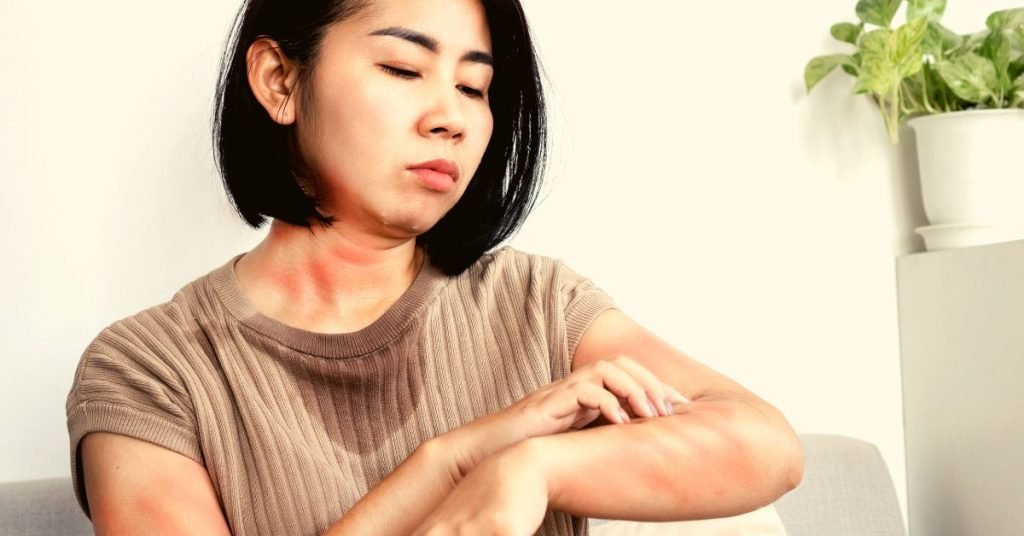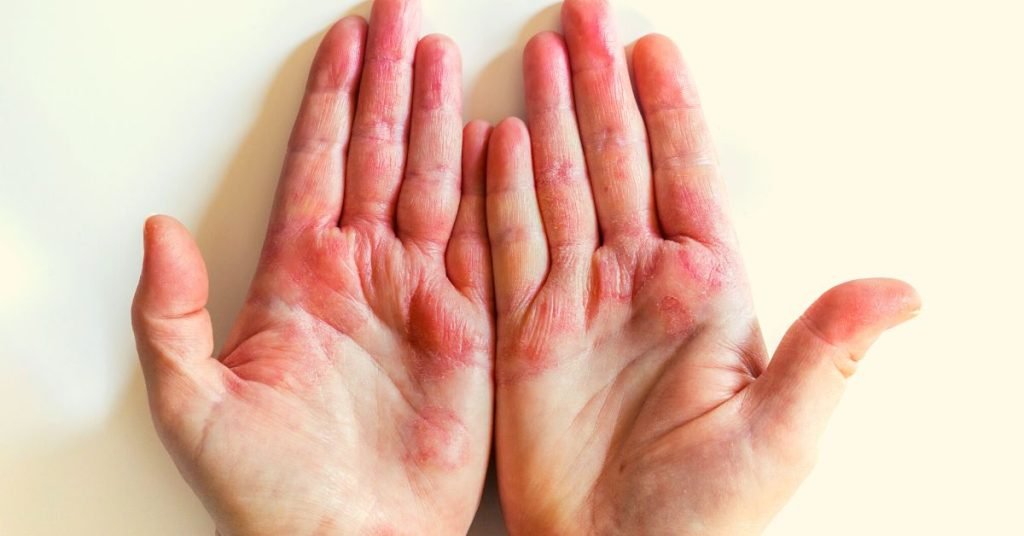Cutaneous myiasis, a parasitic infestation caused by the larvae of flies burrowing into the skin, can be a distressing and uncomfortable experience.
While medical intervention is often necessary, some natural remedies, such as the use of tea, may complement conventional treatments.
In this article, we will explore the potential benefits of tea in alleviating the symptoms of cutaneous myiasis and promoting skin healing.
Understanding Cutaneous Myiasis

Cutaneous myiasis occurs when fly larvae infest the skin, causing pain, itching, and inflammation.
These infestations can result from the deposition of eggs on the skin, which hatch into larvae that burrow into the tissue.
While seeking professional medical assistance is crucial for severe cases, incorporating natural remedies like tea may provide relief from the symptoms and support the healing process.
The Therapeutic Properties of Tea
Tea, derived from the Camellia sinensis plant, has long been celebrated for its diverse health benefits.
Various types of tea, including green tea, black tea, and herbal infusions, possess unique properties that can contribute to the alleviation of myiasis symptoms.
- Antimicrobial Action of Tea:Tea contains polyphenols, catechins, and other bioactive compounds with antimicrobial properties. These substances may help combat bacterial and fungal infections associated with cutaneous myiasis, reducing the risk of secondary complications.
- Anti-Inflammatory Effects:Inflammation is a common symptom of myiasis. Tea, particularly green tea and herbal infusions like chamomile tea, contains anti-inflammatory compounds that can help soothe irritated skin and alleviate discomfort.
- Wound Healing Properties:The antioxidants present in tea, such as epigallocatechin gallate (EGCG), contribute to its wound-healing potential. This may aid in the recovery of the affected skin, promoting tissue regeneration.
Using Tea to Treat Cutaneous Myiasis

- Green Tea Compress: Green tea is renowned for its high concentration of catechins, which exhibit potent antimicrobial properties. To create a green tea compress, brew a strong cup of green tea and allow it to cool. Soak a clean cloth or cotton ball in the tea, then gently apply it to the affected area. Hold the compress in place for 15-20 minutes, allowing the beneficial compounds to penetrate the skin.
- Black Tea Soak: Black tea, rich in tannins, possesses astringent properties that can help tighten the skin and reduce inflammation. Prepare a concentrated solution of black tea by brewing several tea bags in hot water. Once cooled, use the tea as a soak for the affected area. Soak the affected skin for 15-20 minutes to experience the soothing effects.
- Herbal Infusions for Comfort: Herbal infusions like chamomile, lavender, or calendula tea can be beneficial for their calming and anti-inflammatory properties. Brew the chosen herbal tea and allow it to cool. Use a clean cloth to apply the herbal infusion as a compress to the affected area, providing comfort and relief.
- Tea Bath: For more extensive areas affected by cutaneous myiasis, consider incorporating tea into your bath routine. Brew a large quantity of tea and add it to your bathwater. Soak in the tea-infused bath for 20-30 minutes to experience its healing and soothing effects on the skin.
Precautions and When to Seek Professional Help
While tea therapy can provide relief for cutaneous myiasis symptoms, it is essential to exercise caution and seek professional medical advice, especially for severe cases.
Tea remedies should not be considered a substitute for medical treatment but rather as a complementary approach to alleviate discomfort and support the healing process.
Additionally, individuals with allergies or sensitivities to specific teas should perform a patch test before widespread application.
If there is any sign of worsening symptoms, persistent discomfort, or signs of infection, consult a healthcare professional promptly.
Final Word

Tea, with its rich history and therapeutic properties, offers a natural and accessible approach to alleviating the symptoms of cutaneous myiasis.
The antimicrobial, anti-inflammatory, and wound-healing effects of tea can provide relief and support the skin’s recovery.
While incorporating tea remedies, it is crucial to prioritize professional medical guidance for severe cases and to use these natural approaches as complementary measures in managing the discomfort associated with cutaneous myiasis.
MEDICAL DISCLAIMER
Itsnevernotteatime.com cannot and does not contain medical/health advice. The medical/health information is provided for general and educational purposes only and is not a substitute for professional advice.




